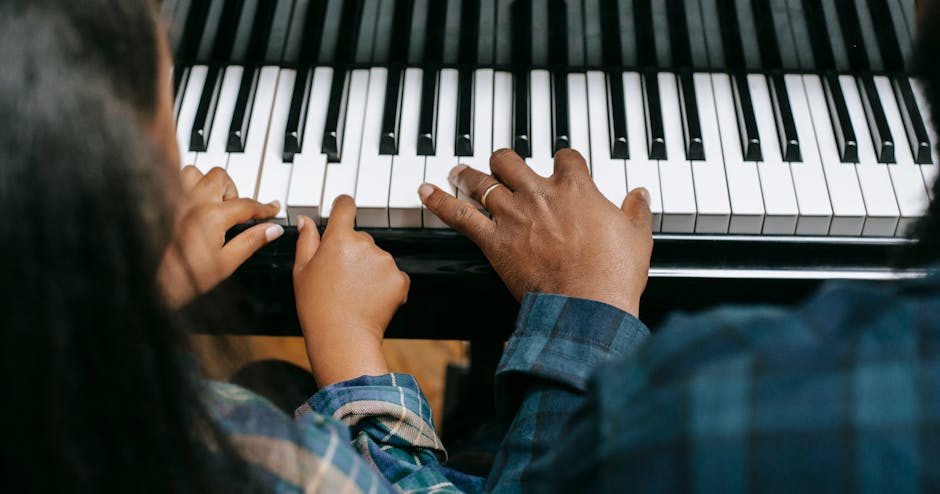Understanding
 How to Maintain the Sound and Appearance of Your Piano
How to Maintain the Sound and Appearance of Your Piano
Few professional musicians take the time to investigate why piano tuning is so important. Adjusting the tension of each string of a piano is a seemingly insurmountable technical and difficult task that may easily put anyone off. An annual visit from a professional tuner is helpful for most piano owners, but it isn’t a guarantee. As the piano is a complex musical instrument with numerous moving parts, there are times when it is necessary to tune it more frequently. We’ll do our best to cover every aspect of piano tuning in this post, so you’ll know when and why your piano requires attention.
Getting to know the piano’s inner workings is a prereq for learning how to tune a piano. When a key is depressed, a hammer moves along a track and strikes a string. Sound is produced by the string’s vibrations. The tensions at which these strings are kept have an effect on the tones they generate. Both the pitch and frequency of the sound will rise with tighter strings and fall with looser ones. The notes generated by a piano are in harmony with one another when all the strings are tuned to their proper tensions.
When the strings of a piano are not tautened properly, the instrument will not produce the desired tones. It’s also not uncommon for there to be discrepancies in the intervals between notes because of the varying degrees to which specific strings drift out of tune. String tension can be altered by a number of circumstances, including changes in temperature and humidity and general wear and tear. Keeping a piano in tune is beneficial, as we all know, but few of us can place a price on it.
It’s no secret that pianos that are out of tune are annoying to listen to. Furthermore, the ease with which pianos can go out of tune is often overlooked. Even minute changes in humidity and temperature over the course of a day can affect the tension in the strings. Even if we never touch the piano, the strings can still tighten or loosen depending on environmental circumstances. Pricing for a piano tuning session varies according on the area. About 1.5 hours is the average time required for a tuning session. Furthermore, tuners typically charge more to work on grand pianos compared to uprights. However, if the damage to your piano is extensive, you may need to call in a professional piano technician who is experienced in more advanced repair techniques. Costs tend to rise when more complex treatments are required.
If you’re willing to put in the time and effort, you can learn to tune a piano on your own. For someone to be considered a professional piano tuner, they must have years of expertise under their belt. Those who think knowing how to tune a piano is a valuable ability can discover helpful guides online. However, if saving money is your first priority, it’s best to get help from an expert.
This post topic: Home Products & Services